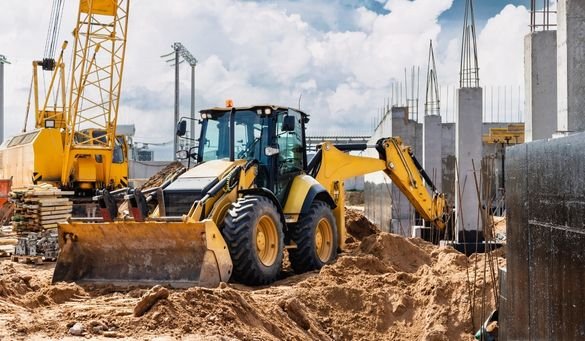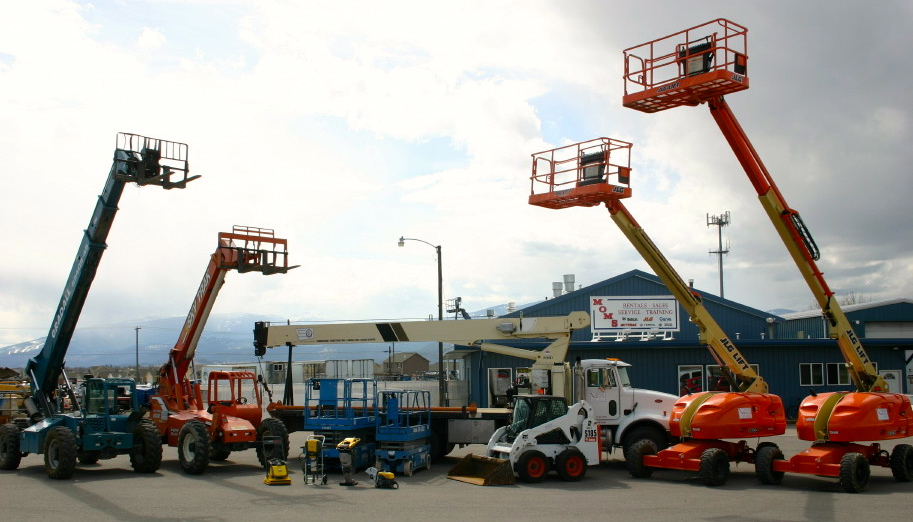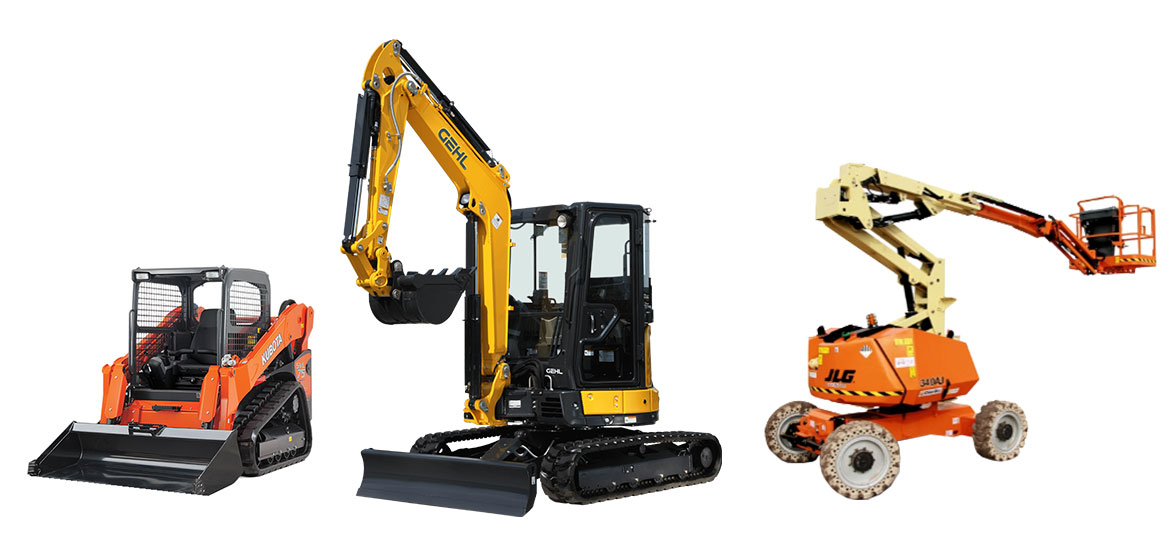Maximize Your Spending Plan by Recognizing the Prices Connected With Building And Construction Devices Leasings
Understanding the complete scope of expenses linked with building tools rentals is vital for optimizing your budget. What methods can be used to efficiently manage these prices and make certain a much more efficient rental experience?
Overview of Rental Prices
When considering building devices rentals, comprehending the associated expenses is paramount for reliable budgeting and job preparation. Rental expenses can vary dramatically based on a number of factors, consisting of tools type, period of leasing, and area. The preliminary rental cost typically mirrors the equipment's market demand and its associated operational abilities, affecting the overall cost.
Along with the base rental rate, supplementary expenses might arise, such as transportation charges, fuel additional charges, and upkeep fees. It is necessary to account for these added costs to properly analyze the total cost of renting out tools. The rental duration can impact pricing; longer leasings may qualify for affordable rates, while short-term rentals might incur higher daily fees.

Malfunction of Rental Prices
A thorough understanding of rental rates is crucial for specialists and task managers aiming to enhance their spending plans. Rental rates for construction equipment usually consist of several components, consisting of base rates, time-based costs, and usage charges.
Base prices are the core fees connected with the service of the equipment, often identified by the type and dimension of the equipment. These prices can differ substantially, affected by variables such as equipment need, schedule, and regional market fads. Time-based costs, which may be daily, weekly, or monthly, serve to fit different job timelines and rental periods.
Additionally, rental rates may consist of usage costs, which apply when equipment is used beyond a specified threshold, making certain that the rental company can account for wear and tear. Seasonal demand variations can additionally impact rental prices, with peak construction seasons normally regulating higher rates.
In addition, comprehending the rental company's plans concerning upkeep and insurance policy can provide additional insight right into the total price framework. By assessing these parts, professionals can make informed decisions, ensuring the option of rental tools lines up with both task requirements and spending plan constraints.
Additional Fees to Consider
Comprehending the complexities of added fees is vital for specialists to handle their overall service expenditures properly. Beyond the common rental prices, different supplementary charges can significantly influence the total expense of tools leasing. These charges usually include delivery and pickup fees, which can differ based on range and logistics included in delivering the equipment to and from the work website.
Additionally, some rental companies might impose gas surcharges if the tools is returned with less fuel than when rented. It is likewise vital to be mindful of prospective cleansing costs, specifically for customized equipment that needs extensive upkeep after usage.

Completely assessing the rental arrangement and clarifying these added costs upfront can assist service providers stay clear of unexpected prices and make sure that budget plans remain intact throughout the task lifecycle.
Repair And Maintenance Expenses
Regular maintenance and fixing costs are frequently overlooked variables that can considerably affect the general expense of building and construction equipment rentals. When leasing devices, it is critical to consider not just the rental fees however additionally the possible prices connected with keeping the equipment in optimum operating condition.
Numerous rental companies consist of standard maintenance as part of the rental arrangement; nevertheless, extra comprehensive look at more info repair work or unexpected malfunctions can cause additional expenses. It's important to examine the rental agreement very carefully to understand what upkeep services are covered and what responsibilities fall on the tenant.
Moreover, tools that is not properly maintained can bring about inadequacies on the job site, possibly increasing and causing delays project expenses. To reduce these dangers, it is suggested to conduct routine assessments and keep open interaction with the rental copyright pertaining to any kind of concerns that arise during use.
Insurance Policy and Obligation Costs
Insurance coverage and obligation prices are important elements that can dramatically affect the total expense of building and construction tools services (equipment rental company). These prices make certain that both the rental business and the customer are secured from possible financial losses arising from crashes, damages, or theft throughout the rental period

In addition, customers need to know any kind of deductibles or exemptions in the insurance coverage, as these can impact possible out-of-pocket expenses. Comprehending the terms and problems of any kind of insurance coverage is vital to avoid unforeseen expenses. Eventually, budgeting for insurance coverage and responsibility expenditures can aid make sure a smoother rental experience and protect tractor grader versus monetary dangers linked with construction jobs.
Final Thought
To conclude, a thorough understanding of the costs linked with building and construction devices leasings is important for efficient spending plan administration. By assessing rental prices, added charges, maintenance expenditures, and insurance needs, companies and people can lessen unanticipated expenses. This strategic approach not just enhances cost-effectiveness yet additionally guarantees that projects progress smoothly and efficiently. Ultimately, educated decision-making regarding equipment leasings contributes to the overall success of construction ventures.
Rental prices can differ dramatically based on several factors, including devices kind, duration of service, and area (scissor lift rental). The rental duration can influence pricing; longer leasings might certify for discounted prices, while temporary services might sustain greater day-to-day fees
By conducting extensive research and engaging with trustworthy rental companies, professionals can effectively browse the complexities of rental rates, ultimately optimizing their economic sources.
Beyond the common rental prices, different additional costs can substantially affect the overall cost of devices rental. Rental firms typically give obligation insurance that covers injuries to 3rd celebrations or damages to residential or commercial property, while devices damage insurance can cover the price of repair services or substitute if the leased equipment is damaged.